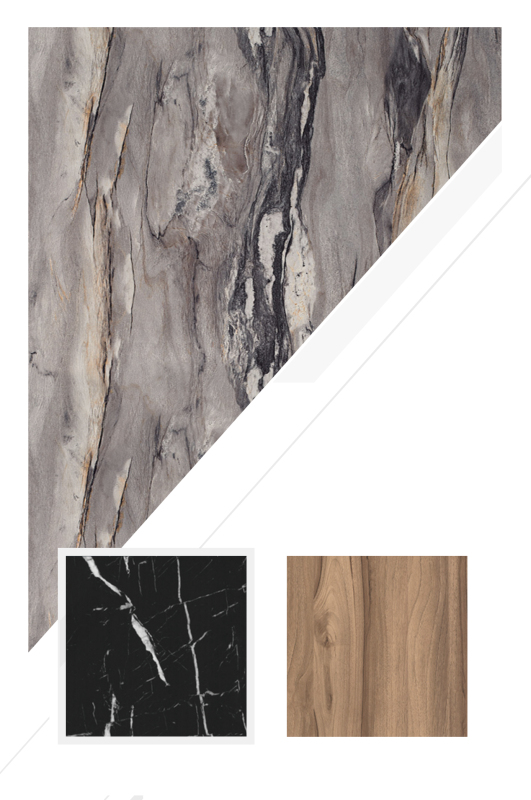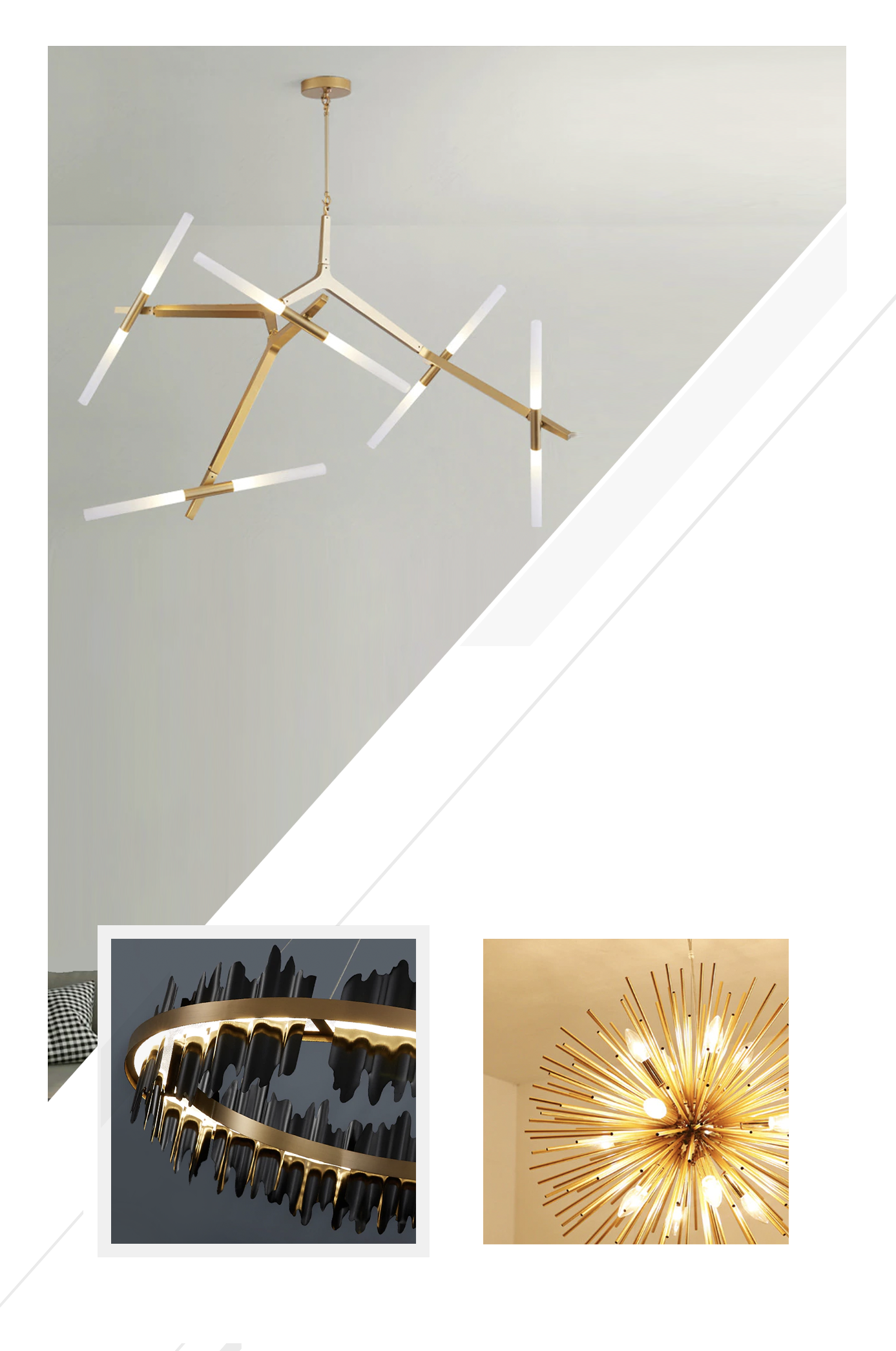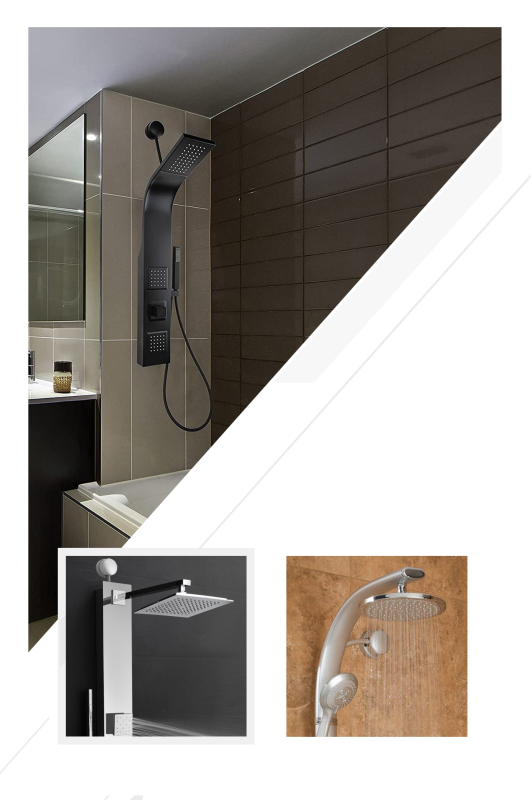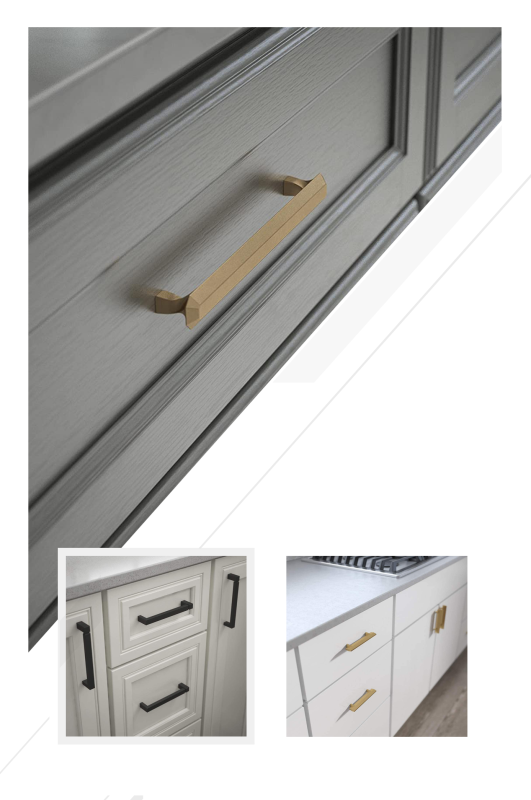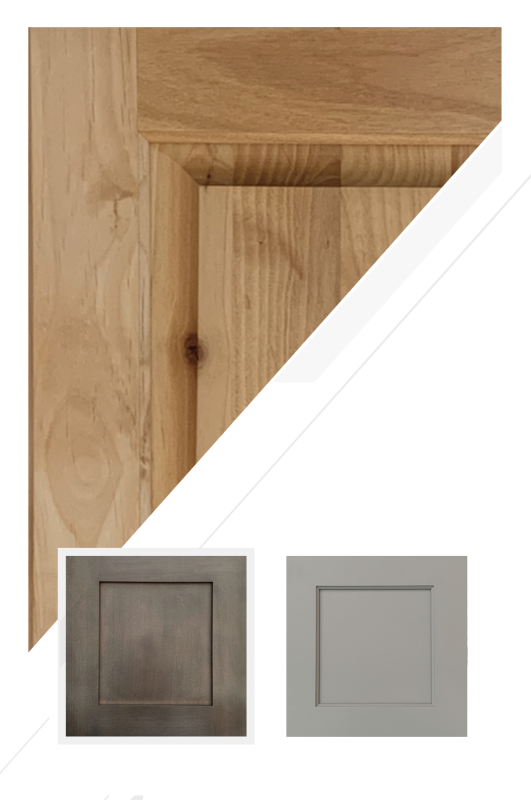Street by Street: Coordinated Rebuilds, Shared Inspections, and Logistics That Cut Weeks
By Joy Line Homes California
Recovery is faster when a neighborhood moves as a team. Joy Line Homes organizes street level calendars, shared inspections, and repeatable details so several addresses advance together. The approach lowers costs, reduces traffic headaches, and helps cities approve work in cleaner windows. Families in Los Angeles, Ventura, Santa Rosa, Napa, and Paradise see the same pattern. One route study. One crane plan that fits each lot. One meter wall language. Many homes set and close with calm, visible progress.
Coordination does not remove the personal side of a rebuild. It preserves it by taking friction out of the routine. When deliveries arrive on time and inspections follow a simple sequence, owners can focus on choices that make a home feel like home. The street sees order. The calendar gains days. Stress drops.
Neighborhood Kickoff: A Short Meeting that Changes Everything
We start with a ninety minute meeting under a shade tent. Maps on clipboards show each lot. A simple board lists the steps from debris letter to keys. Everyone gets a two page handout with the crane window, the traffic plan, and the inspection rhythm. Questions are practical. Where will the trucks pause. What time will the street open. Which homes share a meter wall layout. By the end, the team has a shared picture and a short vocabulary that keeps messages brief for the rest of the job.
For streets with schools or tight corners, a parent drop off map and cone plan are posted. These small courtesies earn goodwill, which turns into faster callbacks and easier approvals.
One Route Study, Many Addresses
Large trucks and cranes need clear paths. Joy Line creates one master route study that covers turns, tree limbs, lines, and staging. Each home references the same plan with a small inset for final trailer position. Neighbors know when to move cars. Crews know where flaggers stand. The same print lives on each utility wall. When the first home sets, the second follows with almost no questions. Every repeat adds speed without sacrificing safety.
Where a single turn is tight, we prepare a short alternate with a planned back in. Everyone sees the move before it happens, which keeps the street calm on set day.
Shared Meter Wall Language
Utility walls are the backbone of coordination. We group meter, disconnect, main panel, inverter or future inverter pad, battery location, and a critical loads panel in a standard order. Heights match. Labels match. Conduit runs are short and straight. Inspectors recognize the pattern and sign several homes in one visit. Utility techs appreciate clearances that are the same at each address. Owners can read every label without a manual. The neighborhood looks organized, and service calls later are simple for everyone.
When an ADU shares the parcel, the unit receives a scaled version of the same wall. Two buildings, one language, fewer surprises.
Calendar Blocks, Not Random Days
Work flows best in blocks. Joy Line schedules foundation week, set week, and tie in week with icons on a single page calendar. Foundations can vary by lot, yet inspections fall inside the same window. Set days run in a row, one or two homes per day, with clear open and close times. Tie ins repeat the meter wall checks and downspout routes. Families learn the rhythm. Adjusters do too. The street feels like a well rehearsed play rather than a string of separate jobs.
Bad weather or a crane pause does not break the system. The next home steps forward and the calendar holds. Flex days are built in, which keeps morale high when a surprise appears.
ADU First as a Neighborhood Anchor
Many blocks begin with one or two accessory units. They restore address, create housing for families who want to return early, and give the city a compact example of the details they will see on the main homes. Crews learn the route. Inspectors learn the meter wall. Neighbors see the mineral Zone Zero band and the way fence returns meet the house in metal. Later, the larger homes repeat the same parts at a larger scale and approvals move without pause.
ADUs can also shape courtyards between homes that block wind and dust. Shared hardscape connects doors, which makes daily life easier during finish work and through the first season of move in.
Recycling, Cleanup, and Quiet Streets
Order includes waste. We stage a shared recycling corner for pallets, steel straps, and clean cardboard. Bins have lids. Sweepers pass before dusk. The first five feet around each house are finished in stone or pavers, which keeps dust down and makes daily cleanup quick. Neighbors notice the care. City staff see photos of clean edges and return the favor with quick inspection windows the following week.
When wind is forecast, a brief note goes to the group. Skirts are checked, leaf guards are cleared, and hose points are tested. Ten minutes of preparation saves hours the next day.
Crane Day Choreography
Set days feel like a calm ballet. Radios are checked. Signals are reviewed. Tag lines are ready. Corners are padded. The crane stands on a compacted pad that was approved two days prior. Modules rise, land on anchors, and are checked for plumb and level before any fasteners lock. Marriage lines close. Roofs finish with closure strips and flashings. Doors and sliders seal the same day. The home reads as weather tight before the boom leaves. The next address is staged and the crew repeats with the same tools and sequence.
Posting a simple schedule board at the head of the street helps visitors understand what they are seeing. Transparency lowers stress and invites patience from passersby.
Grouped Inspections that Actually Happen
Inspectors are busiest during fire rebuilds. We make their jobs easier. Laminated tags mark eave closures, vent models, gutter guards, and utility wall labels. A binder with photos from that morning sits open on a small stand. The same packet appears at each address. Reviewers walk three or four homes in one window, sign the sheets, and feel respected. Corrections are rare and handled the same day with a photo added to the binder for the file.
When cities see this level of order, they often offer the same window for future phases. Momentum grows and the block advances together.
Community Messages that Stay Short
Weekly notes keep everyone aligned. Two lines in an email or text. What finished. What begins. Three photos that show progress. Links point to the binder where decisions are logged. Owners, lenders, and adjusters read the same facts. Chat threads remain short and polite. When a new neighbor joins midstream, the story is easy to learn from the archive rather than from long calls.
Notice boards at the end of the street hold the same schedule icons. Visitors see what is coming and plan their week without guessing.
Safety Habits that Win Every Day
Nothing burns schedule like an injury. Joy Line sets simple safety rules and uses them without drama. Clear paths, stacked materials, cones at corners, and no open eaves overnight. Doors close with tight weatherstrips. Landings are non combustible and slope away from walls. Stairs have solid risers and handholds. A short toolbox talk starts each morning. When the routine is the same across a block, crews work faster since they do not need to relearn habits each lot.
Neighbors feel safer as well. They see clear routes, clean edges, and friendly flaggers who know their names by the second week.
Funding that Follows Milestones
Grouped work helps lenders and insurers. Draw schedules match visible steps that apply to several homes at once. Deposit, foundation complete, factory complete, set day, dry in, and final. Each step has a short photo set and a sentence. When an address reaches a milestone, funds move because the proof format is already known and trusted. Underinsured families who lead with an ADU see rents drop early and can direct savings toward finishes on the main home with less pressure.
Grant reviewers also appreciate honest clusters. The same packet supports three or four files with address changes only. Decisions come faster because the content is familiar.
A Streetwide WUI Language
Fire safe choices repeat by design. Non combustible cladding. Enclosed soffits. Ember resistant vents. Class A roofs with leaf guards and clean downspout paths. Mineral bands in the first five feet. Metal fence returns. Doors on landings that drain. When each home speaks this language, the street looks beautiful and reads compliant from the curb. Inspectors do not need to invent new checks for each lot. They follow the same map and move with confidence.
Owners benefit for years. Maintenance is the same list for neighbors who share filter sizes, vent screens, and hose points. Community becomes a support system, not just a place.
City Notes: One Method, Five Contexts
Los Angeles: Hillside access prefers compact cranes, early morning set windows, and shaded staging so gear stays cool. Schools nearby ask for posted maps that avoid pick up and drop off times.
Ventura: Coastal wind and salt favor corrosion aware fasteners, covered inverters, and gutter guards that clean in minutes. A single inspection window for three homes keeps travel short for city teams.
Santa Rosa: Neighborhood slabs and repeating meter walls pass together. Grouped plan check submittals with the same index reduce returns and keep the block on one timeline.
Napa: Rural parcels set in a rhythm that respects harvest and farm access. Turnouts for trucks appear on the plan. Swales and stone bands control dust at drives from week one.
Paradise: Narrow lanes reward helical pile platforms and compact equipment layouts. Torque logs, labeled skirts, and metal fence returns turn approvals into a short, friendly visit.
Stories from Coordinated Streets
In Los Angeles, three homes shared the same route study and set on consecutive mornings. Traffic flowed and neighbors brought coffee to the crew by day two. In Ventura, an ocean block passed a grouped inspection for roofs, vents, and utility walls in a single hour. In Santa Rosa, identical meter walls and slab edges cleared final on the same morning with no corrections. In Napa, a turnout plan kept farm trucks happy while two homes set before noon. In Paradise, torque logs and labeled skirts convinced the first reviewer quickly, and the street gained a strong start after a long wait.
Daily Care that Protects the Schedule
Small habits keep momentum. Sweep the first five feet. Rinse leaf guards after wind. Check vent screens. Keep wood and planters off walls. Walk the fence returns. Verify labels on the meter wall. Share a short list on the notice board and celebrate clear checks each Friday. The block feels proud and the work stays ahead of small problems that can steal days when ignored.
How Joy Line Leads a Street Rebuild
We begin with a simple survey and a map. We assign icons and dates. We draw a route study that works for every lot. We standardize meter walls, vents, eaves, and Zone Zero. We set a group inspection window and a calm crane plan. We publish a weekly note and keep decisions in the binder where all can see them. Families feel informed. Crews feel prepared. Reviewers feel respected. The street turns from a list of losses into a set of homes that rise together.
The Joy Line Perspective
Great neighborhoods are built with care and rhythm. Joy Line Homes brings both to fire rebuilds by coordinating calendars, repeating details, and honoring the people who live on the block. The result is less waiting, less noise, and more visible progress. When streets move as one, hope returns faster. That is the point of rebuilding, and that is the work we love to do.
About Joy Line Homes
Joy Line Homes builds modular residences and ADUs with neighborhood playbooks that coordinate route studies, inspections, and set days. Shared details, tidy job sites, and clear calendars help streets recover together across California fire regions.
Visit JoyLineHomes.com to request a streetwide rebuild playbook and sample calendar.
We are based in Santa Cruz County ,
California
Tel: (831) 888-Home
Email: info@joylinehomes.com
Business Hours: 9am - 6pm

